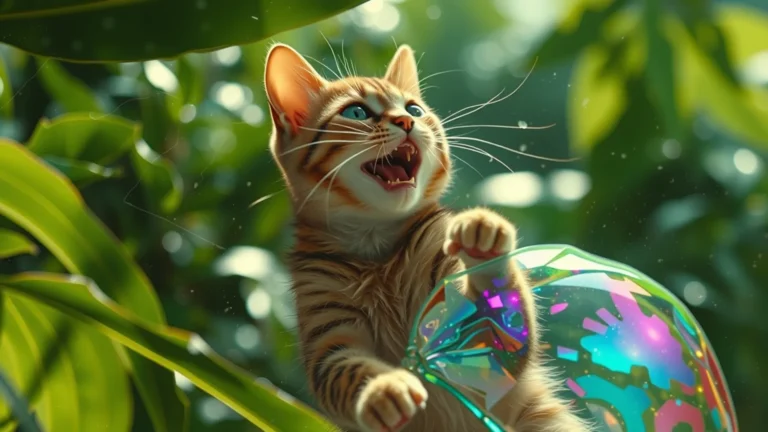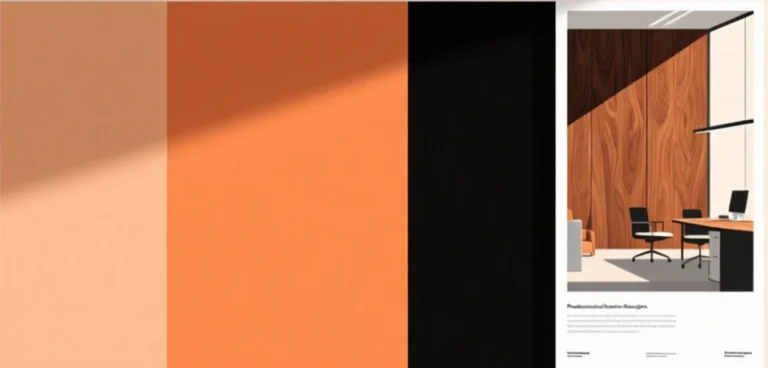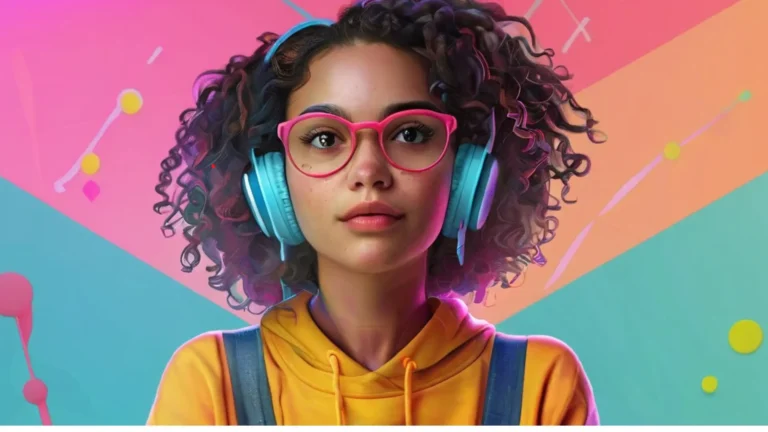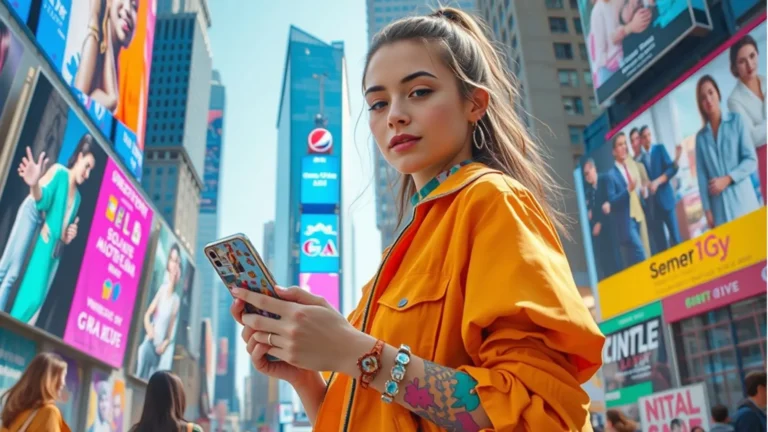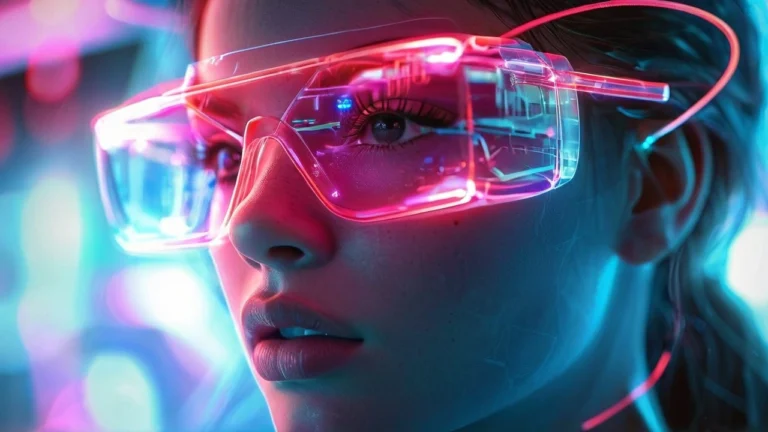The Viral Feminine: Internet Chicks and Culture
Exploring how the ‘viral feminine’ and internet chicks shape identity, influence, and culture in the 21st century’s digital world.

In the endless scroll of the 21st century, one image dominates our feeds—the face lit by a ring light, eyes meeting the camera, a practiced smile hovering between natural and staged. From Instagram stories to TikTok dances, the “internet chick” has emerged as a symbol of contemporary online existence. She is an influencer, entrepreneur, performer, and occasional meme—a digital stereotype which conveys both the liberty and tensions of existing publicly in a networked society.
While critics might dismiss her as a symbol of vanity or superficiality, the truth is far more complex. The rise of the “viral feminine” — a blend of self-presentation, aesthetic mastery, and emotional performance—tells a larger story about how the internet reshaped identity, power, and fame. What was once considered niche or frivolous now defines global culture.
From MySpace to TikTok: The Evolution of the Internet Chick

The story of the internet chick begins long before the age of influencers. In the early 2000s, platforms like MySpace, YouTube, and Tumblr gave young women a place to experiment with identity and visibility. Aesthetic styles such as the “scene girl,” the “beauty guru,” and subsequently the “Tumblr girl” embodied a new form of self-curation. Ordinary individuals for the first time could create a public image outside of studio support or that of modeling agencies.
These early digital creators paved the way for today’s influencer economy. By transforming personal style, humor, and self-expression into shareable content, they discovered that authenticity—or at least the appearance of it—was a new kind of currency. As social media evolved, so did the archetype. The internet chick became less of an outsider and more of a mainstream icon: the e-girl, the lifestyle vlogger, the TikTok fashionista, and the OnlyFans entrepreneur. Each version mirrors the technology and values of its time—expressive, adaptable, and relentlessly online.
The Aesthetic Economy: Beauty, Algorithms, and Labor
At the core of this phenomenon lies what might be called the aesthetic economy. In the digital marketplace of attention, visibility itself is value. Platforms like Instagram, TikTok, and Twitch reward those who can master the art of the scroll-stopping image or video. This creates a system where femininity becomes a kind of creative labor—a blend of performance, editing, marketing, and emotional intelligence.
The algorithm not only promotes content but also constructs taste. It quietly instructs the user about the types of bodies, faces, and behaviors that will most probably be popular. The “internet chick” works under this gaze of the algorithm, knowing how to maximize lighting, pacing, and persona to appeal both to the audience and to the machine. Yet within these constraints, many creators find power. They transform what might have been objectifying attention into entrepreneurial success, building brands that blend intimacy and aspiration.
Still, the work behind the beauty is often invisible. The polished feed hides the endless effort—planning, posting, responding, and constantly adapting to the whims of online trends. The digital feminine is not effortless at all; it’s the product of constant labor performed in public.
Empowerment or Exploitation? The Double Edge of Visibility

The internet chick embodies one of the internet’s greatest contradictions: the idea that visibility equals power. For many, online platforms offer a sense of agency that traditional media rarely allowed. Women and marginalized creators can bypass gatekeepers, tell their own stories, and earn money directly from their audiences. The rise of Patreon, Substack, and other creator tools demonstrates how self-presentation has become a legitimate form of work and independence.
But this empowerment exists in tandem with new pressures. The imperative to be continually visible — to post, interact, and stay current—can result in burnout and self-objectification. Algorithms celebrate consistency and perfection, not rest or vulnerability. The same platforms that provide empowerment can also escalate harassment, body policing, and impossible ideals of beauty.
Critics often question whether this visibility truly liberates women or simply repackages old gender expectations in digital form. But perhaps the answer lies in the multiplicity of the internet chick herself. She is not a single person or stereotype — she is plural. For every conventionally glamorous influencer, there is a creator using humor, irony, or absurdity to resist those norms. Internet femininity is now as diverse as the internet itself.
Influence Beyond the Screen
It would be a mistake to think this phenomenon exists only online. The looks and actions conceived in virtual worlds have filtered into mainstream. Fashion cycles now travel at TikTok speed; music careers are born from dances that go viral; even political movements draw on influencer-type discourse.
Brands, once skeptical of influencers, now depend on them. Major companies build marketing strategies around creators who embody the authenticity that traditional advertising lacks. The “internet chick” has become both tastemaker and trendsetter — a symbol of cultural legitimacy. Her ability to sell products, ideas, and lifestyles reveals how deeply the internet has fused with capitalism and self-expression.
At the same time, the influence flows both ways. As online femininity becomes mainstream, it also invites parody, critique, and remix. Internet chicks are no longer just influencers; they are also subjects of art, satire, and academic study. They occupy the cultural center — the mirror through which we examine our own digital desires.
The Future of the Viral Feminine
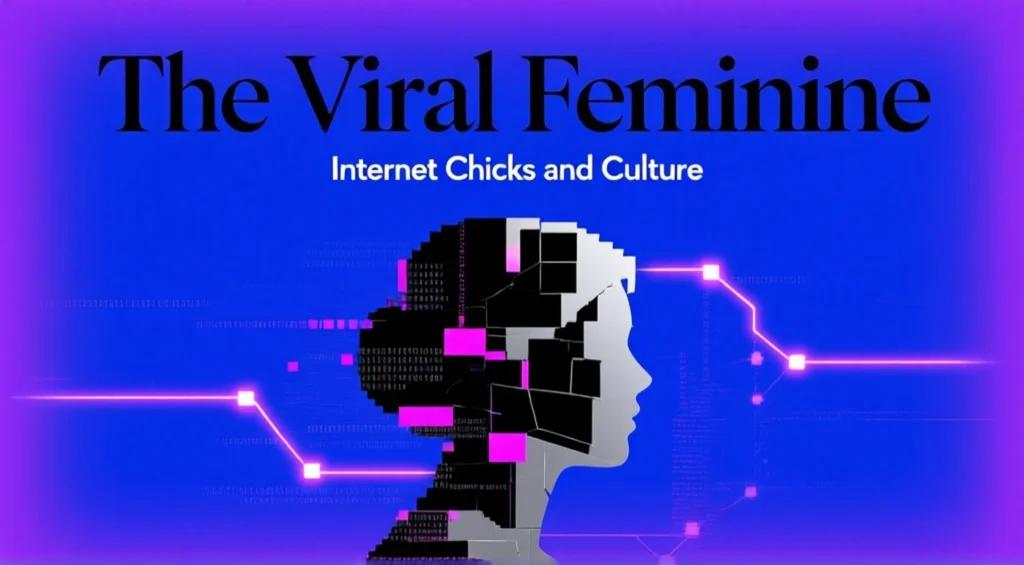
As artificial intelligence, augmented reality, and virtual influencers enter the scene, the boundaries of digital femininity are expanding once again. Virtual models like Lil Miquela blur the line between real and artificial, human and brand. In the meantime, young artists on sites like BeReal and TikTok push against overproduction through new authenticities. Perhaps the future web chick is less curated but more aware of itself—accepting the mess of everyday life while still recognizing the value of performance.
In this sense, the viral feminine is not just about gender; it’s about adaptability. It represents how people learn to navigate visibility, identity, and self-worth in a world where everything can be captured and shared. The internet chick is both a mirror and a blueprint — showing how anyone can craft meaning and power out of attention.
Conclusion: The Feminine Pulse of the Internet
To understand the internet chick is to understand the internet itself. She embodies the contradictions of our digital age: empowerment through exposure, connection through curation, and authenticity through performance. She shows us how technology magnifies both creativity and pressure, how the self becomes both subject and product.
Far from being trivial, the rise of the viral feminine reveals the shape of 21st-century culture — visual, emotional, entrepreneurial, and endlessly evolving. Whether celebrated or criticized, the internet chick is here to stay, reflecting not only the way we see women online but the way we all now see ourselves.

